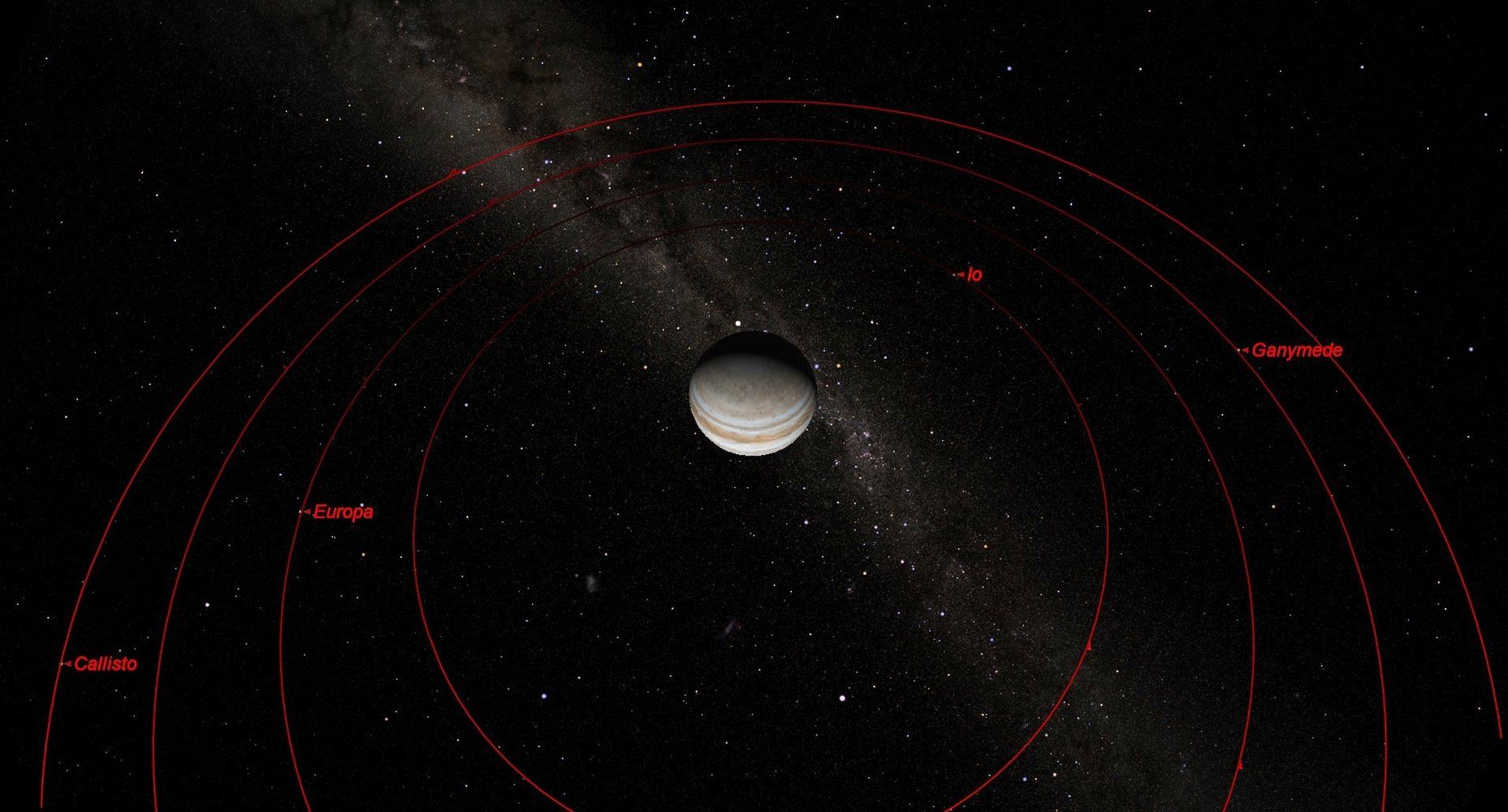A black hole could strip your past and give you infinite futures, according to a new study.
Get the latest international news and world events from around the world.

New Scientific Theory Suggests That The Universe Is Conscious And We Are A Part Of A Giant Mind!
WE ARE THE UNIVERSE BECOMING CONSCIOUS OF ITSELF!
Science and technology have relatively bridged the gap between man and the universe throughout the history of time. Yet there remains a lot more to be discovered.
From theories explaining gravity to establishing atoms as the building blocks of all matter, scientific developments have come a long way to introduce man into the hidden truths of the world.
Robot attends class at MIT, can’t find a seat
SpotMini attends MIT 6.S099: Artificial General Intelligence https://agi.mit.edu Thanks to our friend from Boston Dynamics for the visit. Notes: There’s no audio. SpotMini’s movements are not sped up. All were performed live in front of a packed house of students. It was amazing to witness in person.
If you enjoyed this video, please subscribe and connect with me:
LinkedIn: https://www.linkedin.com/in/lexfridman
Twitter: https://twitter.com/lexfridman
Facebook: https://www.facebook.com/lexfridman
Instagram: https://www.instagram.com/lexfridman
Web: https://lex.mit.edu
Boston Dynamics: https://www.bostondynamics.com

Iran hit by global cyber attack that left U.S. flag on screens
DUBAI (Reuters) — Hackers have attacked networks in a number of countries including data centers in Iran where they left the image of a U.S. flag on screens along with a warning: “Don’t mess with our elections”, the Iranian IT ministry said on Saturday.
FILE PHOTO: A man types on a computer keyboard in front of the displayed cyber code in this illustration picture taken on March 1, 2017. REUTERS/Kacper Pempel/Illustration/File Photo.

Gene therapy may help astronauts going to Mars resist deadly radiation
Researchers and scientists say new discoveries and drug creation could be beneficial to future astronauts on deep space missions.


The CDC is terrified of these germs, so it’s trying to contain them
As might be expected, the CDC is spooked by these bacteria. If they spread, as infections are want to do, the agency is tasked with stopping them, and that’s no easy task.
On April 3, CDC Principal Deputy Director Anne Schuchat announced the agency’s latest containment strategy, which recommends an aggressive response to the appearance of even a single case of drug-resistant infection. The germs usually appear in hospital settings, so the CDC says health care workers should be prepared to contain the drug-resistant microbes before they can travel beyond a hospital’s doors.
“When there’s a fire somebody needs to put it out,” said Schuchat.

Elon Musk Urges People to Watch Chris Paine’s A.I. Movie While It’s Free
“Do You Trust this Computer?” is a documentary about artificial intelligence and it’s free to stream until tonight.
Chris Paine, the man behind “Who Killed the Electric Car” that looked at General Motors and Tesla, has a new documentary called “Do You Trust This Computer” that looks at how artificial intelligence could threaten the future of humanity. Elon Musk shared the video on Twitter.

Richest 1% on target to own two-thirds of all wealth by 2030
The research was commissioned by Liam Byrne, the former Labour cabinet minister, as part of a gathering of MPs, academics, business leaders, trade unions and civil society leaders focused on addressing the problem.
World leaders urged to act as anger over inequality reaches a ‘tipping point’
Michael Savage Policy editor.
Sat 7 Apr 2018 08.08 EDT Last modified on Sat 7 Apr 2018 18.10 EDT.